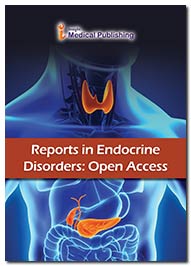Reference values and therapeutic cut-offs - epidemiologists can help reduce confusion of clinicians
Abstract
It is a common error in thinking of clinicians to hope that a reference value could help finding the right treatment decision. In general, reference values are nothing else than distribution markers of a clinical test among a healthy reference population, as analysed from cross-sectional studies. The value distribution is highly dependent on factors affecting the population and the selection of the reference population. The question that can be answered by analysing reference intervals is only the question on what is high or low or, more in general, what is usual in a given population. Values outside a reference range indicate that there is a high probability that the patient is not “healthy”, which may require further diagnostic work-up. Reference values, however, are not sufficient to decide upon treatment initiation. Valid answers to the question on whether high or low values should be treated or not require 1) clinical information on symptoms, co-morbidities and other diagnostic findings and/or 2) longitudinal studies on outcomes related on a given baseline level. Current epidemiology increasingly comprises large-scale population studies with comprehensive information from medical examinations. These studies offer optimal conditions for reference and cut-off value analyses by 1) results generalizable to the population under investigation, 2) validity in selecting reference populations by not only considering clinical diseases but also subclinical disorders to define health, and 3) high precision by large study populations. Comprehensive statistical methods such as quintile regression allows establishing individual reference values by considering physiological factors influencing test values including, for example, sex, age, body weight and height.
Open Access Journals
- Aquaculture & Veterinary Science
- Chemistry & Chemical Sciences
- Clinical Sciences
- Engineering
- General Science
- Genetics & Molecular Biology
- Health Care & Nursing
- Immunology & Microbiology
- Materials Science
- Mathematics & Physics
- Medical Sciences
- Neurology & Psychiatry
- Oncology & Cancer Science
- Pharmaceutical Sciences
